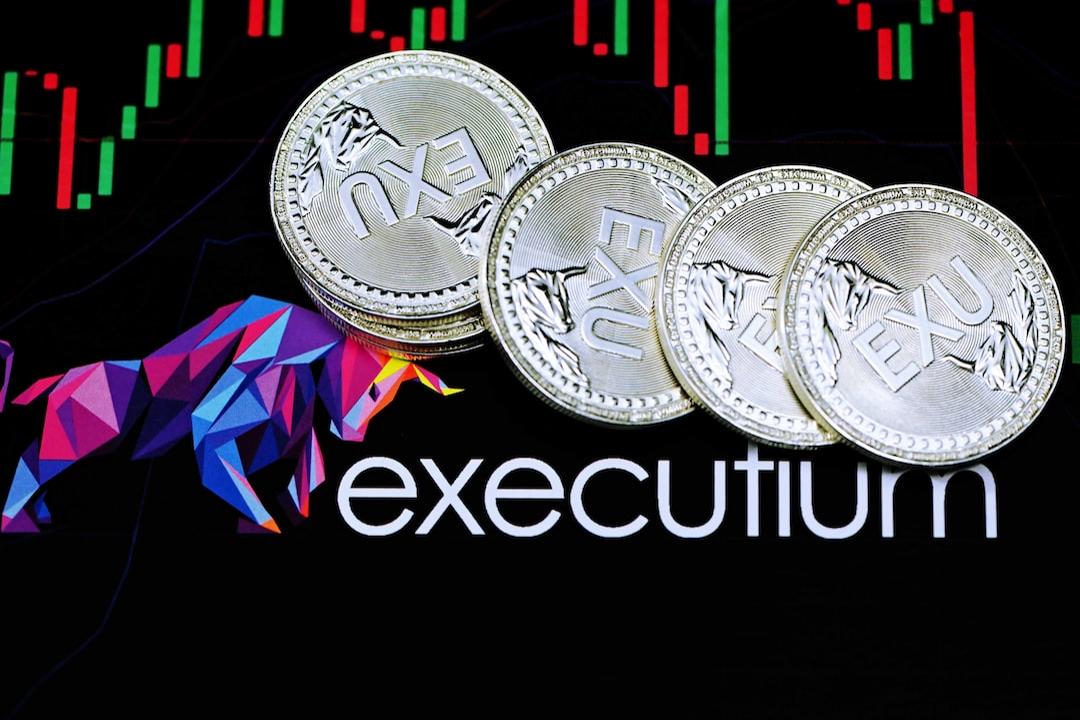Despite a nominal decline in open contracts, the open contracts denominated in Bitcoin and the positive financing rates remain stable. Observers say this is a sign of renewed long demand during the price drop. Data shows that, as an important market sentiment indicator, the nominal open contracts for Bitcoin (BTC) futures and perpetual futures have dropped about 18% from 37 billion USD to 30.2 billion USD within a month, while the cryptocurrency spot market price has also fallen by 14%.
At first glance, the data suggests that bullish or long leveraged bets anticipating a price rise have subsided over the past four weeks. In other words, the closing of bullish bets has driven the price of Bitcoin down. This interpretation may be partially correct at best and conceals the bullish undercurrent in the market.
Open contracts refer to the number of active or open contracts at a given time, and the nominal open contracts are calculated by multiplying the unit quantity of a contract by the current spot market price. Therefore, even if the total number of contracts remains stable, changes in asset prices can affect the nominal open contracts, thereby misleading market activity. The Bitcoin market seems to be such a case.
According to Coinglass data, open contracts have remained stable above the 500,000 BTC mark for four weeks. Meanwhile, the perpetual funding rate charged by exchanges every eight hours has remained positive, indicating a bias towards bullish bets.
The stability of Bitcoin holdings, positive financing rates, coupled with a decline in nominal holdings, suggest that some traders have been establishing new long positions, offsetting the so-called closing of bullish bets by other market participants.
Laurent Kssis, a crypto ETF expert at CEC Capital, says this indicates traders are not hesitating to go long. “This assumption is indeed correct. Moreover, more protective strategies are being implemented due to the market’s still very uncertain. Don’t forget, the late liquidity flush is enough to push the market below the 60,000 USD mark. Hesitation to hold long orders is still not dominant, but hedging is a fairly large part of the trade.”
Perhaps traders hope that once Mt. Gox’s compensation and the selling pressure from miners are exhausted, Bitcoin may resume its upward trend and keep pace with the Nasdaq index.
From the persistent positive spread between futures and spot prices (widely known as the basis), similar conclusions can be drawn. “The basis has dropped slightly but remains attractive, so there is still a demand for long positions as part of the basis trade, and with the accumulation of macro tailwinds and the selling pressure likely to dissipate soon, expectations of a breakout are strengthening, so strategic longs may accumulate at lower financing rates.
Activities in the spot and options markets also indicate an upward tendency. Griffin Ardern, Director of Options Trading and Research at the crypto financial platform BloFin, says that the cryptocurrency exchange Bitfinex has been a source of bullish pressure during the price drop. “Since the end of June, Bitfinex whales have been buying on dips, but I haven’t observed similar signals in other derivative markets,” Ardern noted. Since June, Bitfinex’s margin longs (involving the purchase of assets on the spot market using borrowed funds) have steadily increased.
Meanwhile, according to QCP Capital, traders have been buying upward bets in the options market. “Despite the sell-off, the options market remains heavily biased upwards, suggesting the market still expects a rebound by the end of the year.” QCP said in Wednesday’s market update: “This is consistent with the significant buying interest in long-term options of 100,000 USD/ 120 USD observed by the trading department.”

